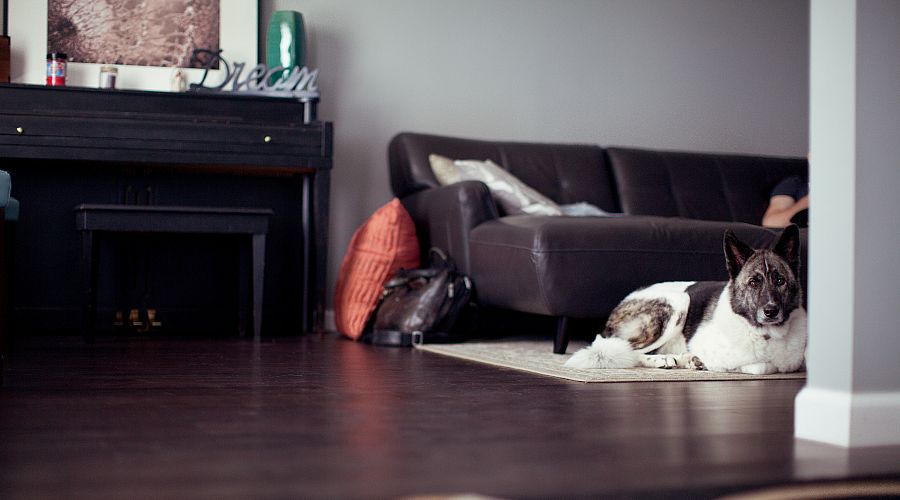
Air Quality, Odour, Pets & Holidays
Air quality, odour, pets and holiday decorations can influence whether or not a buyer will make an offer on your home. Buyers want to envision themselves living in the house, and if the home is not presented in a manner that will allow them to do that easily, most buyers will move on.
Air Quality: Check for mold, mildew or water damage and have it repaired. Depending on what year your house was built, have your house checked for asbestos and lead paint. Inspect your smoke and carbon monoxide detectors and replace if needed.
Odour: Avoid cooking with strong seasonings and foods that have a lingering smell.
Pets: Remove your pets while the house is being shown. Remove any signs of the pets (e.g. food bowls, toys, litter box, leashes). If your pets must stay in the house, hide any sign of the pets during showings. Keep the litter box out of sight and clean it daily.
Holidays: If your home is for sale during a holiday, decorate using items that are simple and nondenominational. Any holiday specific decorations need to be removed immediately after the celebrations.

Curb Appeal
Your exterior says a lot about how your home is maintained both inside and out. When buyers drive by your home or view photos online this will create a lasting impression, so show them that your property is well cared for. When buyers see an attractive exterior they will be eager to stop and excited to view the interior as well.
Make a list of major repairs that are needed such as roofing, siding and lighting. Make a list of minor repairs needed such as painting, or minor landscaping. Make as many of these repairs as possible.
- Sweep or shovel walkways, driveways, patio/deck (salt in the winter).
- Maintain front, back and side yard. Ensure lawns are mowed, shrubs are pruned and flower beds are weeded.
- Add flowers or winter arrangements on your front porch and/or in front of the garage.
- Remove all festive lights and decorations.
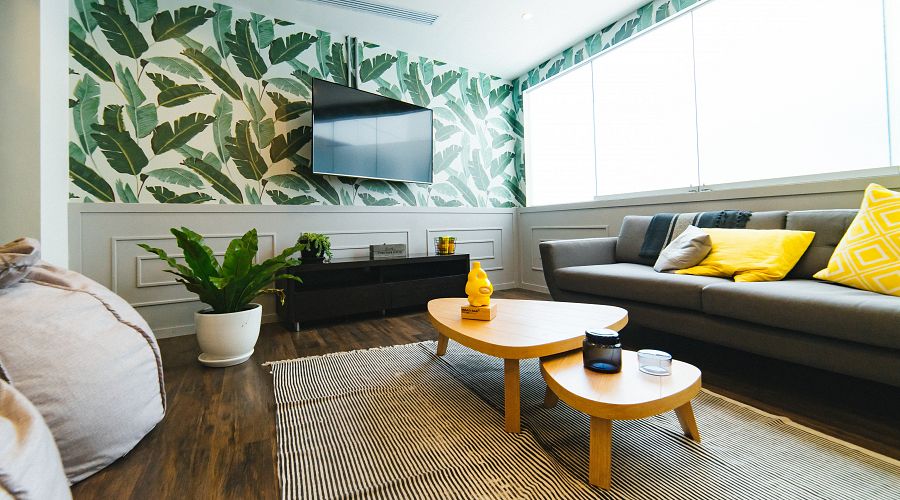
Depersonalizing
Depersonalizing is an important step when it comes to selling your home. It means that you need to let go emotionally and this can be a tough process. Now that you have made the decision to move, you need to commit and remove your identity from the house.
Focus on turning your home into a ”model home”. Disconnecting yourself from your house will allow buyers to emotionally connect and envision themselves living there, not feeling that they are guests in your home.
Remove all personal and family photos. Remove all memorabilia. Pre-pack books and music that do not appeal to a wide range of buyers. Pre-pack your collections. Remove and pre-pack any items that could be potentially offensive or disagreeable. Store away and organize children’s toys, games and books.
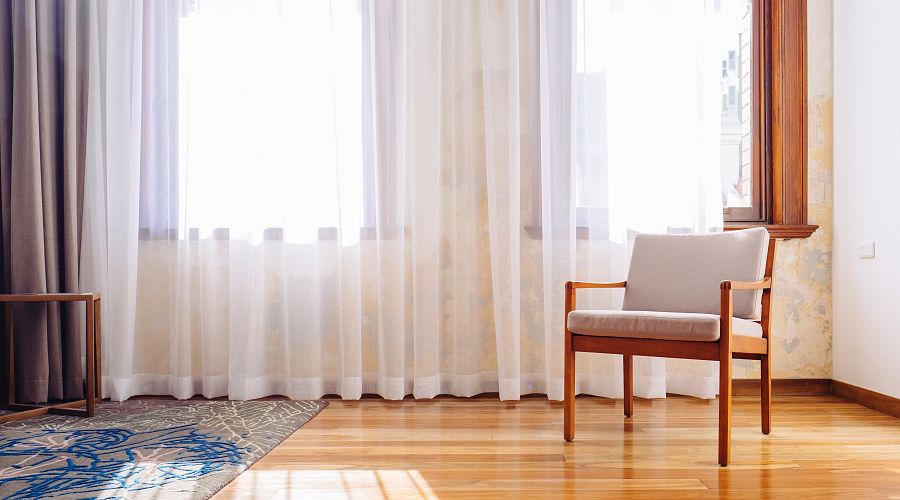
Flooring
Flooring is a very important part of preparing your home for sale. Buyers want a home that is move-in ready and the flooring will reveal to them how well the home has been maintained. Up-to-date flooring is one of the top selling features buyers are looking for.
If the carpets look worn out or dirty, have them professionally cleaned. If the carpets are old, damaged or significantly out of date, consider replacement flooring. Take into consideration the rooms that you are putting carpet in, as this will help to determine what style you select (e.g. bedroom vs. rec room). If you need to replace the carpet, select something that will work with the existing flooring in the house.
If you have vinyl flooring, consider what condition it is in and if it needs to be replaced. Keep in mind that different looks can be created with vinyl, including ceramic, slate and stone without the added expense.
If you have hardwood flooring, even if it is underneath carpet, consider what condition it is in. Refinish the flooring if possible.
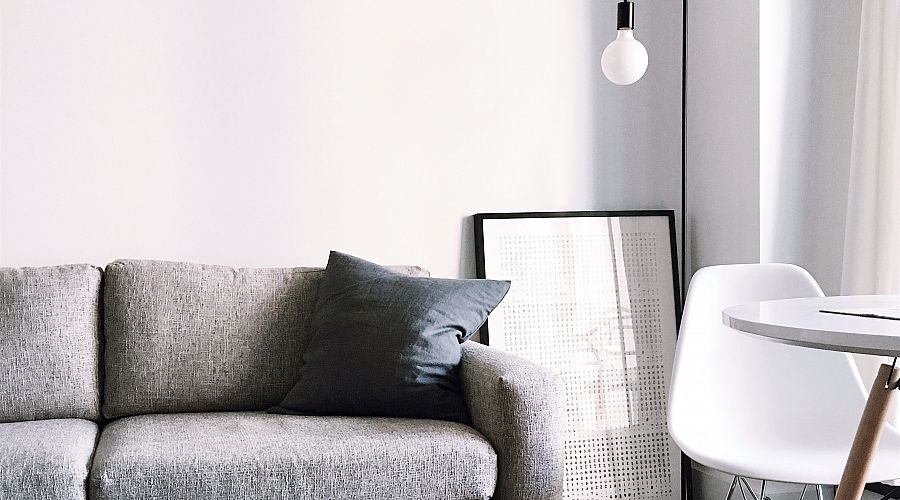
Furniture Placement & Lighting
Proper furniture placement will display the room to its full potential. Keep in mind the traffic flow and how the buyers will walk through each room. Lighting is also a key factor when it comes to preparing your home for sale. Make sure to have all lights on for pictures and showings.
When your furniture and lighting are properly placed, you will be able to show off the prime features and allow buyers to see the specific function of each room.
- Consider how much furniture is in each room - too much furniture can make a room look small.
- Arrange furniture to ensure proper traffic flow from room to room.
- If furniture is oversized, remove some pieces to make the room look more spacious.
- If furniture is worn, old or outdated, consider buying new pieces or renting furniture for while your home is on the market.
- Ensure there is lots of light in each room, including corners.
- Consider replacing light switches with dimmer switches.
- If permanent light fixtures are dated or in poor condition, replace them.

Home Inspection
Consider having your home inspected before it is listed. By having this done you will learn if there are any major repairs needed and can address them before the house goes on the market. This will also show buyers and their agents that you have been proactive.
When it comes to finding the right home inspector, your RE/MAX agent is your best source for recommending someone. Once the inspection is completed you will be able to determine what the next steps are in preparing your home for sale.
Things to think about:
Electrical
- Do your lights flicker, breakers or fuses blow?
- Do you have a fuse box or electrical panel?
- Do you have aluminum wiring or knob and tube?
Plumbing
- What condition is your plumbing in?
Furnace / Hot Water Tank
- How old is your furnace?
- How often do you replace your furnace filters?
- Do you have a water softener?
Exterior
- Is your roof in good condition?
- What condition is your foundation in?
- If you have a deck or patio; what condition are they in?
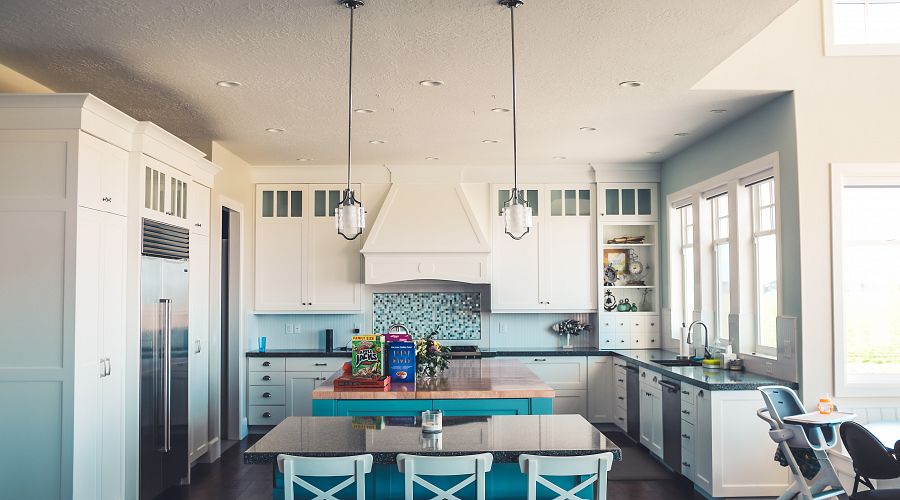
Main Selling Room
The overall impression of your entire home is important, but most buyers will focus on your main selling rooms first, so you need to make sure that these rooms have an exceptional first impression.
Front Entrance
- Other rooms should look presentable when standing in the front entrance.
- Create a spacious feeling in the entrance.
- Put away all clutter, shoes, jackets and keys behind closet doors.
Kitchen
- The kitchen should look and feel clean and crisp when you walk into it.
- Determine what needs to be done if your kitchen needs some updating.
- Paint cupboards or update hardware if necessary.
Living Room
- Make the room feel inviting to show buyers that they can comfortably entertain here.
- Be sure the room has a focal point.
- Position the furniture to highlight the focal point.
- Assess if any repairs or upgrades are needed.
Dining Room
- Ensure the room shows its function.
- Ensure the furniture is positioned for dining and entertaining.
- Assess if any repairs or upgrades are needed.
Main Floor Family Room / Great Room
- Ensure the room has a clear function.
- Ensure the furniture is positioned for proper traffic flow and comfort.
- Assess if any repairs or upgrades are needed.
Master Bedroom
- Create a feeling of calm in the room.
- Position furniture to create space.
- Ensure bedding is well displayed. Assess if any repairs or upgrades are needed.
Ensuite
- Clear clutter and personal grooming products from surfaces.
- Replace old linens.
- Assess if any repairs or upgrades are needed.


